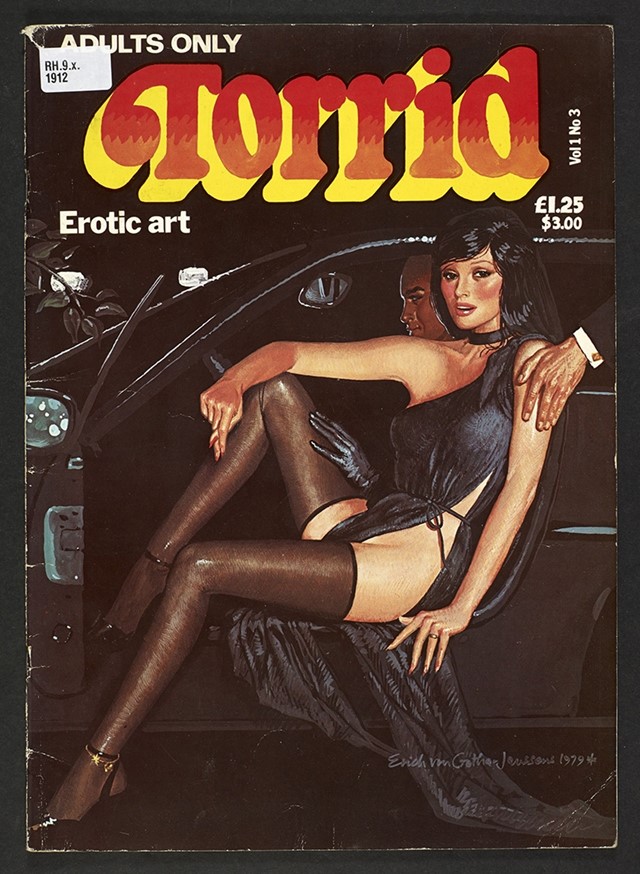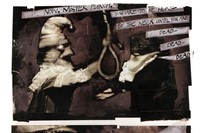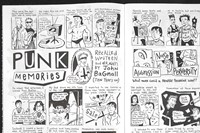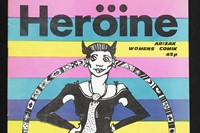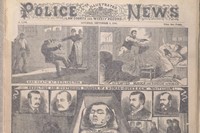A new exhibition celebrates the evolution of an old fashioned art form, particularly shedding light on the more titillating comic strips
Whether a personal pleasure enjoyed after dark, or a political satire that brings a scandal to light, comics have always been more than just an easy read for children and adolescent boys. From Hogarth’s enduring eighteenth-century satires to Alan Moore’s V for Vendetta, it is a medium often used to keep the powers-that-be in check. Looking back at the history of comics in Britain, a new exhibition Comics Unmasked: Art and Anarchy in the UK investigates the nooks, crannies and alleyways to find lesser-known titles, including Krent Able’s recent parody of everyone’s favourite vegetarian crooner, “The Curious Adventures of Morrissey and his Hearing-Impaired driver, Clyde.”
"Before video games, comics were often the scapegoat used to explain perceived increases in juvenile delinquency or the depraved state of society"
Before video games, comics were often the scapegoat used to explain perceived increases in juvenile delinquency or the depraved state of society, and in 1954, US publishers decided to circumvent the government’s attempts to call them to task by establishing their own self-financing regulator, the Comics Code Authority. New guidelines for what was considered appropriate material ended up spawning publishers supporting titles intended for mature audiences – not sold at newsstands and therefore not subject to the restraints of the code. One of the most famous of these imprints, DC’s Vertigo, was established in 1993 to offer more complex storylines, and attracted writers including Alan Moore, of Watchmen fame, as well as Neil Gaiman, the man behind the highly popular Sandman series – not to mention a slew of other British authors enticed to the American label. With arresting artwork and intelligent storylines, Vertigo became the watchword for adult comics.
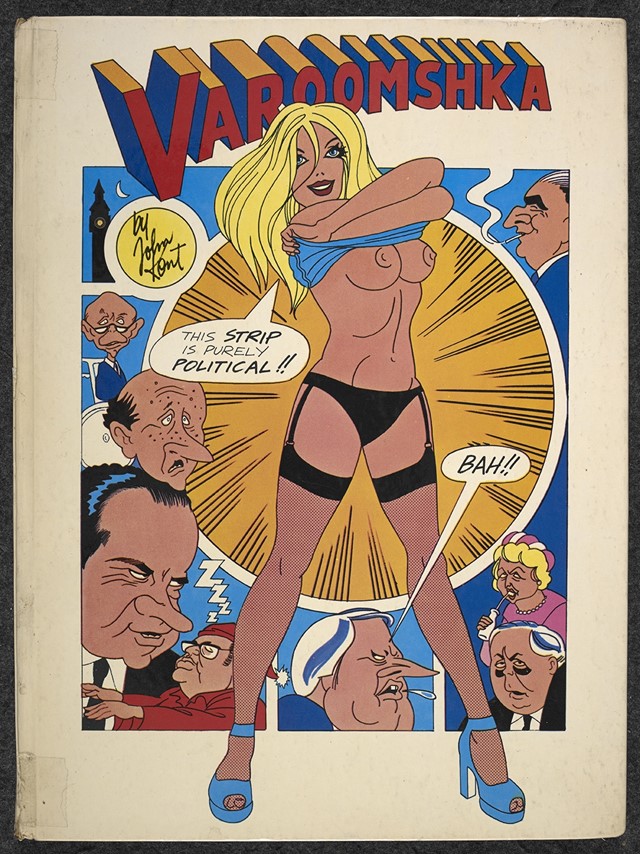
At the other end of the spectrum there has always been comics for adults less focused on intellectual provocation, and more interested in the physical kind. British fetish magazine Fads & Fancies featured, among other things, the trials and tribulations of sexually imperilled Delia, by Reina Bull. Or Torrid, a publication with painterly depictions of hardcore sex, and the output of advertising executive Robin Ray, who transformed into pornographic artist Erich von Götha by night. Other titles have tried to marry political acuity with flagrant sexual content, such as the extraordinary strip Varoomshka which ran in the Guardian between 1969 and 1979, and featured John Kent’s innocent, scantily clad blonde who manages to see through politician's machinations. It’s hard to imagine such a cartoon running in the Guardian of today.
Comics Unmasked: Art and Anarchy in the UK is at the British Library until August 19.
Text by Ananda Pellerin
